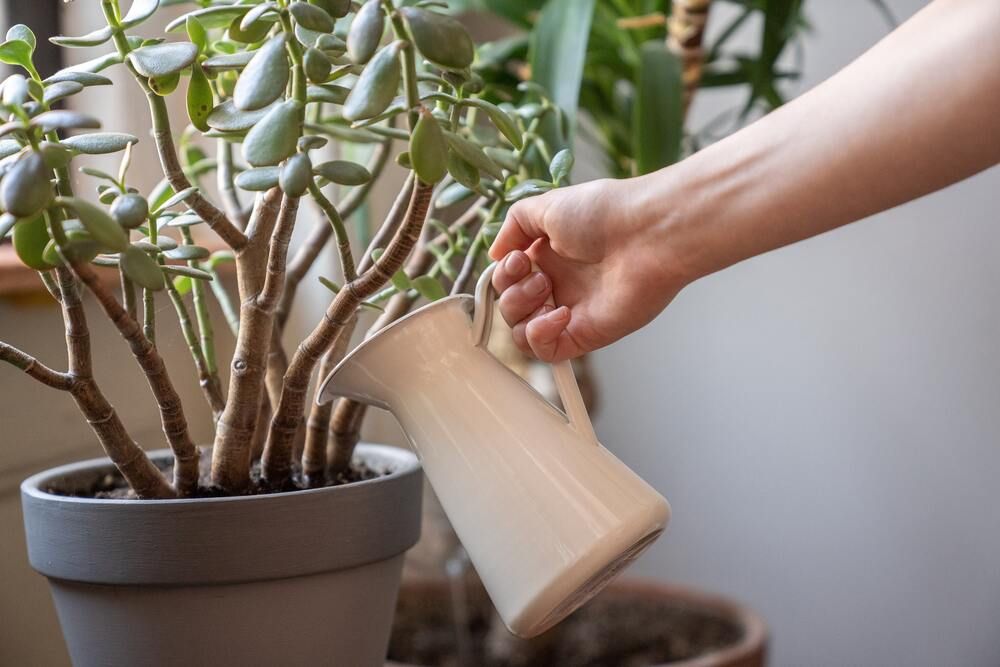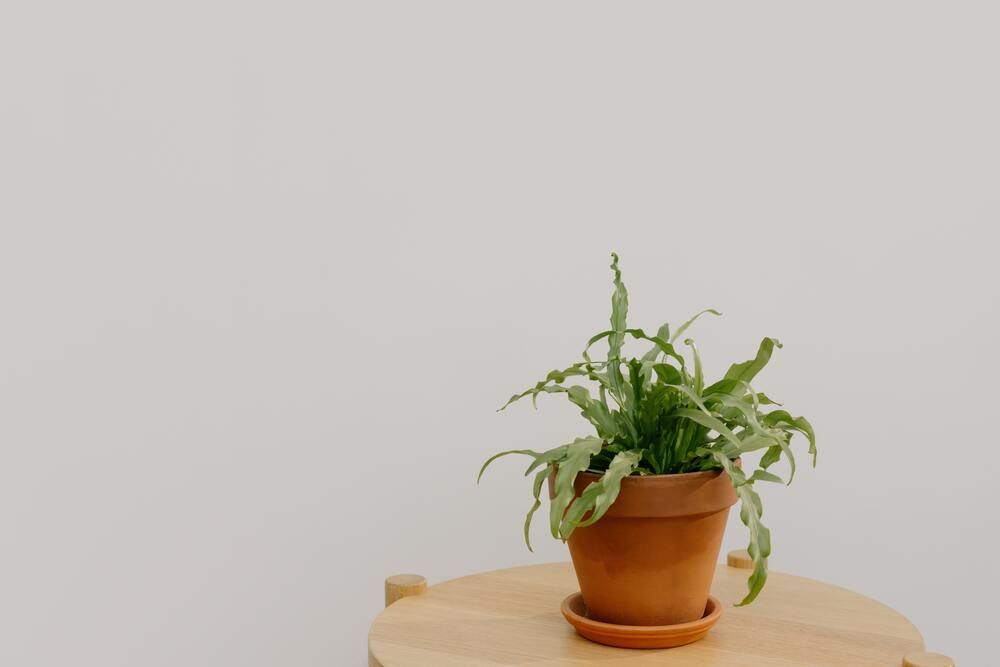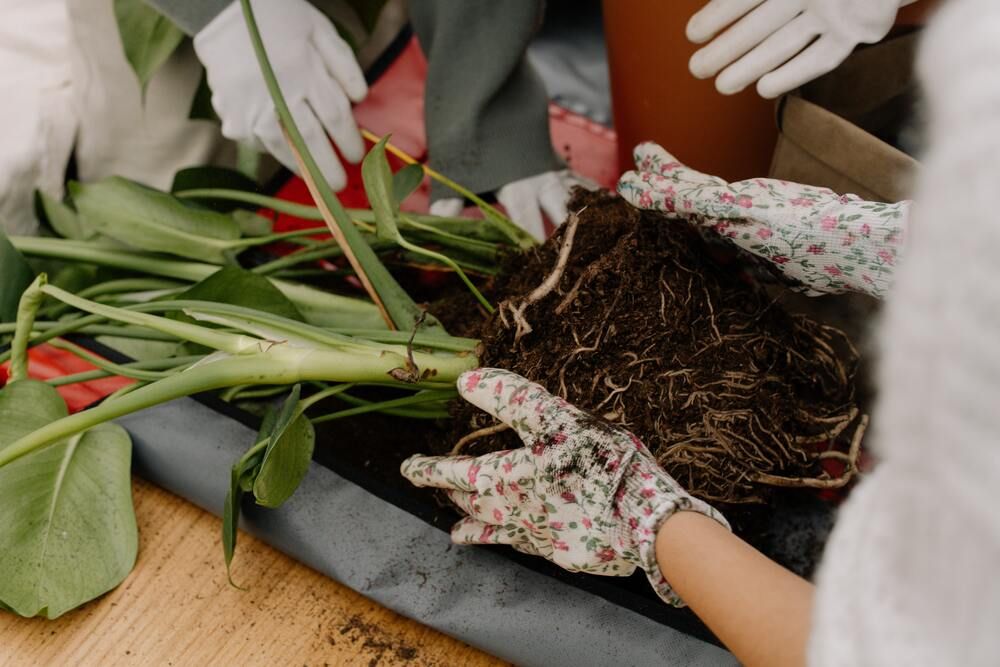Plants add life and color to any space they are grown in. Some can even filter out pollutants and benefit people psychologically. However, to let them thrive and survive, they must have good growing conditions. One crucial step is watering but it can be challenging to get the right measurements. The one thing you don't want is an overwatered plant, which can end up being fatal.
In this article, you will learn how to care for your plants and what you can do to save them if they have already been overwatered.
How a Plant Drinks
Image credits: Kevin Malik via Pexels
An important thing to understand about plants is how they drink. First, gravity soaks water into the soil and roots of a plant. Water then enters the roots through osmosis and follows the solutes (sugar, salt, protein) in plant cells. But, each cell only allows a certain amount of water to enter. From there, evaporation takes over moving water up the plant.
A plant’s leaves have little holes that can't be seen without a microscope. These holes help with gas exchange, allowing oxygen and carbon dioxide to move in and out of a plant. Since water molecules stick together when a plant opens its leaf holes enough for evaporation, a water molecule evaporates. Another molecule then fills that space resulting in a chain reaction of water molecules pulling up from the ground.
One last crucial thing to acknowledge about plants is their lack of water regulation, meaning they can’t get away from water if they are given too much of it. Here, the plant has no choice but to either absorb the water or let it sit around its roots.
When the plant absorbs too much water, it takes up space that oxygen should live in. It results in the plant starting to drown. Alternatively, if the water sits around roots for too long, root rot can easily form.
Signs of Overwatering Plants
Image credits: cottonbro via Pexels
There are a few things to look for when assessing if a plant has been a victim of overwatering. If the leaves of a plant are changing color (yellowish), it's a good indicator that something is going on with the plant. If leaves turn yellow or fall off, there is a chance the plant has suffered from too much water. But, these aren't the only signs.
Damp soil, spongy stems, gnats, and mold or fungus are certain indicators something is wrong. This is why routinely checking on your plant is a must. If a plant's roots or stalks start to get soft, the plant is receiving too much water. A plant that develops black spots on the leaves can also lead to a watering problem.
Just make sure to double check as overwatering can be overlooked. A plant wilting is commonly associated with the idea of it not receiving enough water. However, a plant will also wilt from overwatering.
How to Save an Overwatered Plant
Image credits: cottonbro via Pexels
The first step in assessing if saving an overwatered plant is possible is determining what type of plant it is. If it's a tropical plant, it might be fine despite receiving too much water. Putting the plant in the sun to help get rid of extra moisture might be enough to save it. Most commonly, any other type of plant will need to be repotted with new, dry soil and put in a sunny spot to dry out. Although a plant with root rot will need to be repotted.
To start, first remove as much of the soggy soil from the roots as possible and cut away black, diseased, and mushy roots. Repot it in fresh soil suited for its care requirements and place it in a sunny spot. If the plant is repotted and within a week there is little to no improvement, it might be time to say goodbye to that plant.
So, of course you can save your overwatered plants, you just need to pay attention to their specific conditions. The best practice is to be mindful of how much water a plant gets, and to set up a schedule to avoid this problem in the future.
Continue to always check the soil to see how damp it is before watering. If the soil one inch down is still damp, wait a day or two and only give water once the soil is dry. Finally, if the soil never seems to be dry or a plant lacks new growth, an environmental change might be necessary! The pot it's in might be too big, the temperature not quite right, the wrong type of pot, or the drainage may not be adequate.
Just Add Water! Or Don't
Although plants seem simple to take care of, they often have more needs than people realize. Knowing the inner workings of a plant can help you make them thrive. That's why it's important to have a plan if you overwater them accidentally.
If it happens, repotting a plant might be the main step as a simple solution to saving it. Also, do the proper research before getting a plant, to help prevent surprises in the future!
Have you ever overwatered a plant before? Share you experience in the comments below!




